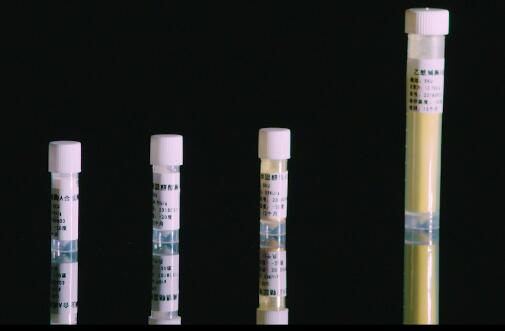| Message: | Adenosine deaminase (EC:3.5.4.4 adenosine deaminase ADA) is an aminohydrolase and an important enzyme in purine nucleoside metabolism. It belongs to sulfhydrylase and contains at least two active sulfhydryl groups per molecule.
ADA (adenosine deaminase) is closely related to a variety of clinical diseases. The increase and decrease of its activity reflect the occurrence, development and prognosis of the disease to a certain extent, and the diagnosis, identification and condition monitoring of the above related diseases , The clinical treatment situation has important reference value.
1. Tuberculosis diagnosis
Differentiating tuberculous and non-tuberculous pleural, ascites, and cerebrospinal fluid is a common problem in clinical etiological diagnosis. Although tuberculosis bacterium can produce antibodies in the human body, it has no protective effect. Its anti-infection immunity mainly depends on cellular immunity. The cellular immune function is that tuberculosis bacteria activate T lymphocytes to make them proliferate, and subsequently cause the activation of macrophages. The lysosomal enzymes in the activated macrophages increase in a large amount, which enhances the killing effect of the intracellular tuberculosis bacteria.
2. Tumor diagnosis
Using the detection of T lymphocyte ADA activity, it can be used as a surface marker to help the diagnosis and classification of lymphocytic leukemia and lymphoma.
3. Diagnosis of AIDS
4. Diagnosis of other diseases
The adenosine deaminase provided by Desheng is a freeze-dried powder or solution, which can be stored at -20°C for at least one year, and stored at -80°C for longer, with a purity of ≥90% (SDS-PAGE detection), if necessary Friends can consult us or provide samples. |
 my account
my account
 log out
log out
 my account
my account
 log out
log out
